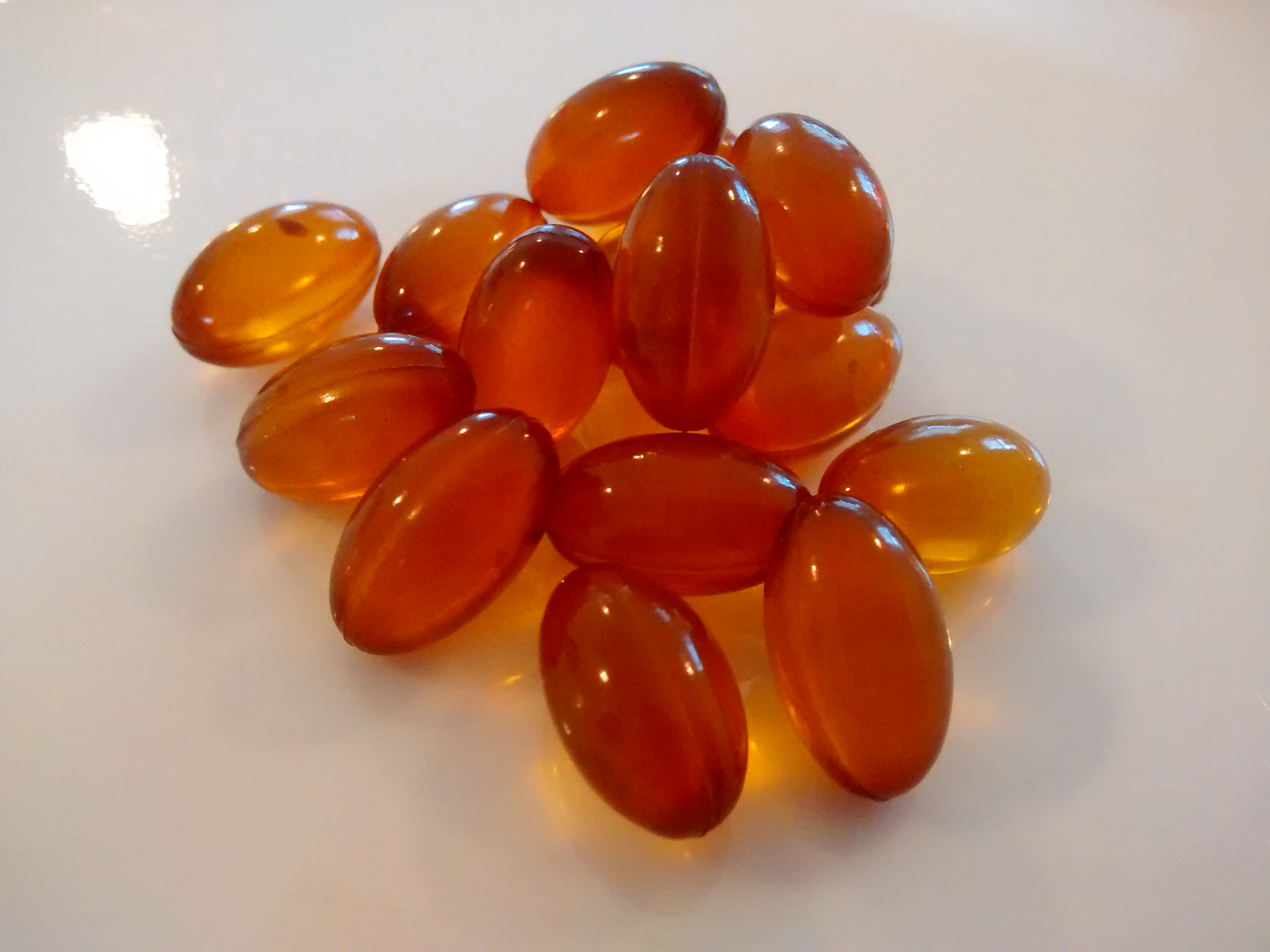|
Colwellia Demingiae
''Colwellia demingiae'' is a psychrophilic Antarctic bacterial species with the ability to synthesize docosahexaenoic acid. It is nonpigmented, curved-rod-like in shape, exhibiting facultative anaerobic growth, and possessing an absolute requirement for sea water. Its type strain is ACAM 459T. This bacteria is named after Jody Deming Jody W. Deming (born July 2, 1952) is an American oceanographer. She is a professor of Oceanography and a marine microbiologist at the University of Washington (UW). Her research interests include studies of cold adapted microbes in their relat ..., a professor and researcher at University of Washington and her research mentor, Rita Colwell. References Further reading *Yumoto, Isao, ed. Cold-adapted Microorganisms. Horizon Scientific Press, 2013. *Brenner, Don J., et al. "Bergey's manual of systematic bacteriology, vol. 2."The Proteobacteria. East Lansing, USA 183 (2005). *Dworkin, Martin, and Stanley Falkow, eds. The Prokaryotes: Vol. 6: Prot ... [...More Info...] [...Related Items...] OR: [Wikipedia] [Google] [Baidu] |
Psychrophilic
Psychrophiles or cryophiles (adj. ''psychrophilic'' or ''cryophilic'') are extremophilic organisms that are capable of growth and reproduction in low temperatures, ranging from to . They have an optimal growth temperature at . They are found in places that are permanently cold, such as the polar regions and the deep sea. They can be contrasted with thermophiles, which are organisms that thrive at unusually high temperatures, and mesophiles at intermediate temperatures. Psychrophile is Greek for 'cold-loving', . Many such organisms are bacteria or archaea, but some eukaryotes such as lichens, snow algae, phytoplankton, fungi, and wingless midges, are also classified as psychrophiles. Biology Habitat The cold environments that psychrophiles inhabit are ubiquitous on Earth, as a large fraction of the planetary surface experiences temperatures lower than 10 °C. They are present in permafrost, polar ice, glaciers, snowfields and deep ocean waters. These organisms can als ... [...More Info...] [...Related Items...] OR: [Wikipedia] [Google] [Baidu] |
Docosahexaenoic Acid
Docosahexaenoic acid (DHA) is an omega-3 fatty acid that is a primary structural component of the human brain, cerebral cortex, skin, and retina. In physiological literature, it is given the name 22:6(n-3). It can be synthesized from alpha-linolenic acid or obtained directly from maternal milk (breast milk), fatty fish, fish oil, or algae oil. DHA's structure is a carboxylic acid (-''oic acid'') with a 22- carbon chain (''docosa-'' derives from the Ancient Greek for 22) and six (''hexa-'') '' cis'' double bonds (''-en-''); with the first double bond located at the third carbon from the omega end. Its trivial name is cervonic acid (from the Latin word ''cerebrum'' for "brain"), its systematic name is ''all-cis''-docosa-4,7,10,13,16,19-hexa-enoic acid, and its shorthand name is 22:6(n−3) in the nomenclature of fatty acids. Most of the docosahexaenoic acid in fish and multi-cellular organisms with access to cold-water oceanic foods originates from photosynthetic and heterot ... [...More Info...] [...Related Items...] OR: [Wikipedia] [Google] [Baidu] |
Jody Deming
Jody W. Deming (born July 2, 1952) is an American oceanographer. She is a professor of Oceanography and a marine microbiologist at the University of Washington (UW). Her research interests include studies of cold adapted microbes in their relation to astrobiology, biotechnology, and bioremediation. She is known for her extensive field work, being involved in over 50 nautical research expeditions. Deming is also the cofounder of the UW Astrobiology Extremophile Laboratory. Education Deming graduated cum laude from Smith College in Massachusetts in 1974 with a Bachelors in Biological Sciences specializing in Botany. She was also awarded a Smith College Piano Scholarship during her undergraduate career. In 1981, Deming received her PhD in Microbiology at the University of Maryland with Rita Colwell as her thesis advisor. Career In 1970's, Deming developed microbial detection systems for unusual habitats for NASA. Deming is a professor and researcher at University of Washi ... [...More Info...] [...Related Items...] OR: [Wikipedia] [Google] [Baidu] |
Alteromonadales
The Alteromonadales are an order of Pseudomonadota. Although they have been treated as a single family, the Alteromonadaceae, they were divided into eight by Ivanova ''et al.'' in 2004. The cells are straight or curved rods. They are motile by the use of a single flagellum A flagellum (; ) is a hairlike appendage that protrudes from certain plant and animal sperm cells, and from a wide range of microorganisms to provide motility. Many protists with flagella are termed as flagellates. A microorganism may have f .... Most of the species are marine. References * George M. Garrity: ''Bergey's Manual of Systematic Bacteriology''. 2. Auflage. Springer, New York, 2005, Volume 2: ''The Proteobacteria, Part B: The Gammaproteobacteria'' * Elena P. Ivanova, Sebastien Flavier, and Richard Christen. (2004). Phylogenetic relationships among marine ''Alteromonas''-like proteobacteria: emended description of the family Alteromonadaceae and proposal of Pseudoalteromonadaceae ''fam. nov ... [...More Info...] [...Related Items...] OR: [Wikipedia] [Google] [Baidu] |

